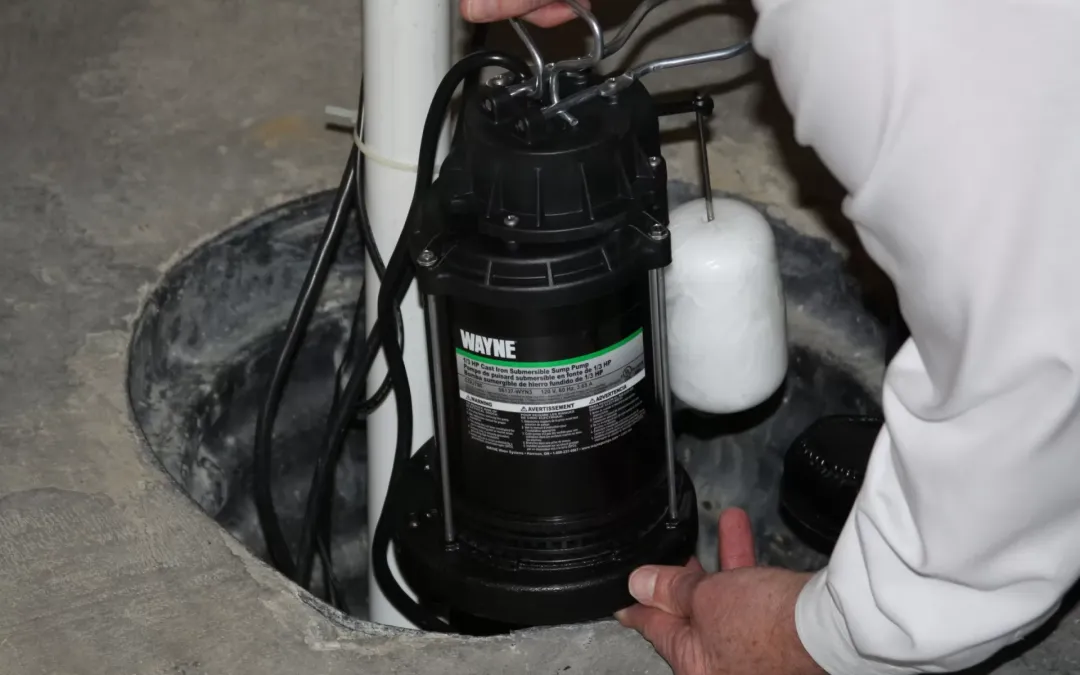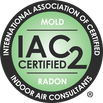Mike's Home Inspector BlogMichael Burfitt |
|
Courtesy of Jason Payne
Valler Home Inspections, Morinville AB. A sump pump and pit system is a crucial component of any home’s waterproofing strategy. It serves to protect your basement or crawl space from flooding, preventing water damage and the growth of mold and mildew. Regular inspection and maintenance are essential to ensure the system functions optimally. Additionally, understanding the source of the water and how the system works can help you appreciate the importance of proper maintenance. In this blog post, we will provide you with a step-by-step guide on inspecting and maintaining your sump pump and pit. We will also explore the significance of installing a water level alarm as a safety measure in case of pump failure. Understanding the Sump Pump and Pit To fully grasp the importance of maintaining your sump pump, it’s essential to understand where the water comes from and how the system works. Water can enter your basement or crawl space due to reasons such as heavy rainfall, melting snow, or groundwater seepage. When the water accumulates around your foundation, it can exert pressure and find its way into your home. That’s where the sump pump and pit come into play. A sump pump is typically installed in a pit, known as a sump basin, which is dug into the lowest part of your basement or crawl space. The pit collects water that accumulates around the foundation. It serves as a reservoir to contain the water until the sump pump activates and pumps it out. The water enters the pit through a drain tile system or through natural water migration from the surrounding soil. The drain tile system, also known as a perimeter drain, consists of perforated pipes installed around the foundation’s perimeter. These pipes collect and redirect water towards the sump pit, preventing it from seeping into your home. Once the water level in the pit rises to a certain point, a float switch or pressure sensor inside the sump pump is triggered, signaling the pump to activate. The pump then removes the water from the pit and redirects it away from your home’s foundation, usually through a discharge pipe that leads to a storm drain, a drainage ditch, or an appropriate area in your yard. Understanding the source of the water and the role of the sump pump and pit will help you appreciate the importance of regular maintenance and inspection to ensure the system’s proper functioning. Regular Visual Inspection: Performing routine visual inspections can help you identify any potential issues with your sump pump. Here’s what you should look for: a. Ensure the sump pit is clear of debris, dirt, and any other obstructions that could hinder the pump’s operation. b. Check the power cord for any signs of damage, such as fraying or exposed wires. Damaged cords should be replaced immediately. c. Inspect the float switch, which triggers the pump to turn on and off. Ensure it moves freely without any obstructions. d. Verify that the check valve, located in the discharge pipe, is functioning correctly. It prevents water from flowing back into the pit once it has been pumped out. Testing the Sump Pump: Regularly testing your sump pump is crucial to ensure its reliability. Here’s how to do it: a. Fill a bucket with water and pour it into the sump pit until the water level rises. b. Observe the float switch’s response, ensuring that the pump activates and begins pumping water out of the pit. c. Allow the pump to run until the water level is significantly reduced. d. Check if the pump shuts off automatically once the water level drops. If it continues to run or doesn’t activate at all, further inspection or repairs may be necessary. Maintenance Tasks: To keep your sump pump in optimal condition, follow these maintenance tasks: a. Clean the sump pit annually, removing any debris, mud, or sediment that may accumulate over time. b. Check the sump pump’s impeller for any debris or clogs. Gently remove any obstructions to ensure proper functionality. c. Inspect the discharge pipe and ensure it is securely attached. Clear any blockages that may obstruct the water flow. d. Test the backup power system (if applicable) to ensure it functions correctly during power outages. Installing a Water Level Alarm Installing a water level alarm is an additional safety measure that can provide early warning in case your sump pump fails or the water level rises too high. It alerts you when the water reaches a certain level, giving you ample time to address the issue before flooding occurs. In conclusion, regular inspection and maintenance of your sump pump system are vital for its reliable performance and to prevent potential water damage. By dedicating time to check and clean the sump pump and pit, testing the system periodically, and considering backup power options, you can ensure that your sump pump functions effectively when needed. Additionally, seeking professional assistance for complex issues or uncertainties can provide further assurance. By implementing these maintenance practices, you can rely on your sump pump to safeguard your basement or crawl space, providing you with peace of mind and protecting your property from the devastating effects of flooding. |
Archives
July 2024
Categories
All
|
|
Inside Edge Home Inspections Ltd.
Halifax, NS 902-209-9921 [email protected] Proudly Serving the HRM & Central Nova Scotia |


 RSS Feed
RSS Feed

